Propagating Monstera Deliciosa: Swiss Cheese Plant Cuttings And Seed Propagation
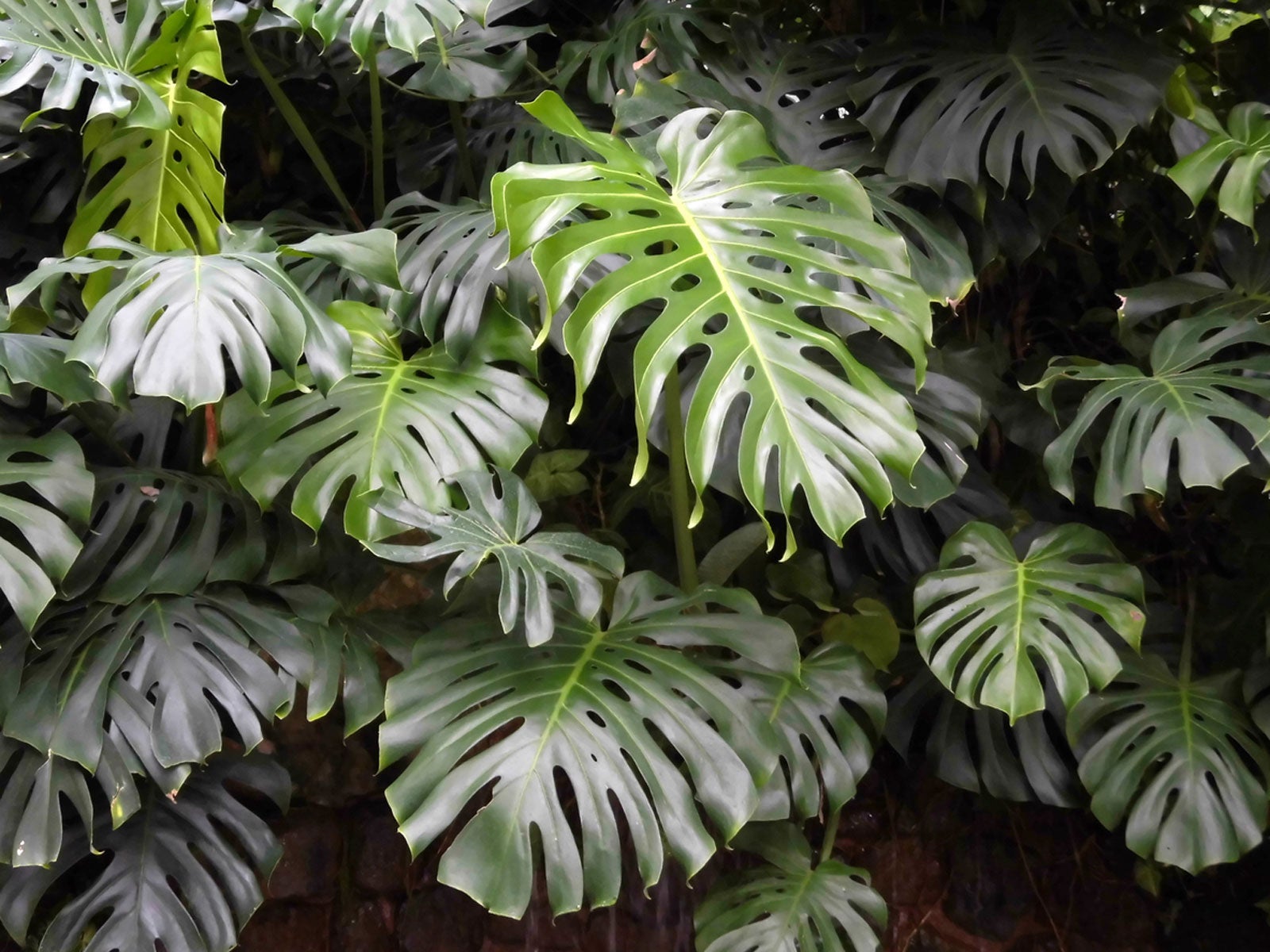

Swiss cheese plant (Monstera deliciosa) is a creeping vine that is commonly grown in tropical-like gardens. It is also a popular houseplant. While the plant's long aerial roots, which are tentacle-like in nature, will generally take root in soil with ease, propagating Monstera deliciosa by other means can also be achieved. In fact, Swiss cheese plant can be propagated through seeds, cuttings or air layering.
How to Propagate a Swiss Cheese Plant by Seed
Monstera deliciosa propagation can be done by seeds, germinating within a few weeks. However, the seedlings are extremely slow to develop. In addition, the seeds may be difficult to come by, as it can take anywhere from a year or more before mature fruit is produced by flowers. The small, pale green seeds also have a very short shelf life, unable to dry well or handle cool temperatures. Therefore, they must be used as soon as possible. Seeds can be started much like any other plant, gently covering them with a thin layer of soil. They should be kept moist but don't worry too much about light. They have an odd way of growing away from light, instead reaching towards dark areas in search of something to climb on.
Rooting Swiss Cheese Plant Cuttings
Monstera is more commonly propagated by stem cuttings. Swiss cheese plant cuttings are easy to root. With cuttings, you have the option of rooting them in water first or simply sticking them straight into the soil. Cuttings should be taken just after a leaf node, removing the bottom-most leaves. Then either root the swiss cheese plant cuttings in water for a few weeks and transplant to a pot or partially bury the cuttings directly in the soil itself. Since they root so easily, there's no need for rooting hormone.
Other Methods for Monstera Deliciosa Propagation
You can also propagate a Swiss cheese plant by dividing suckers into foot-long (.3 m.) sections. These can then be gently pressed into the soil. Once they sprout, you can transplant them wherever you want. Air layering is another method for propagating Monstera deliciosa. Simply wrap some damp sphagnum moss around the stem where an aerial root and leaf axil are located. Tie a piece of string around it to secure it in place, then enclose this in a clear plastic bag with air vents and tie it off at the top. You should start seeing new roots appear within a few months. At this time, you can clip it off and replant elsewhere.
Gardening tips, videos, info and more delivered right to your inbox!
Sign up for the Gardening Know How newsletter today and receive a free copy of our e-book "How to Grow Delicious Tomatoes".

Nikki Tilley has been gardening for nearly three decades. The former Senior Editor and Archivist of Gardening Know How, Nikki has also authored six gardening books.
-
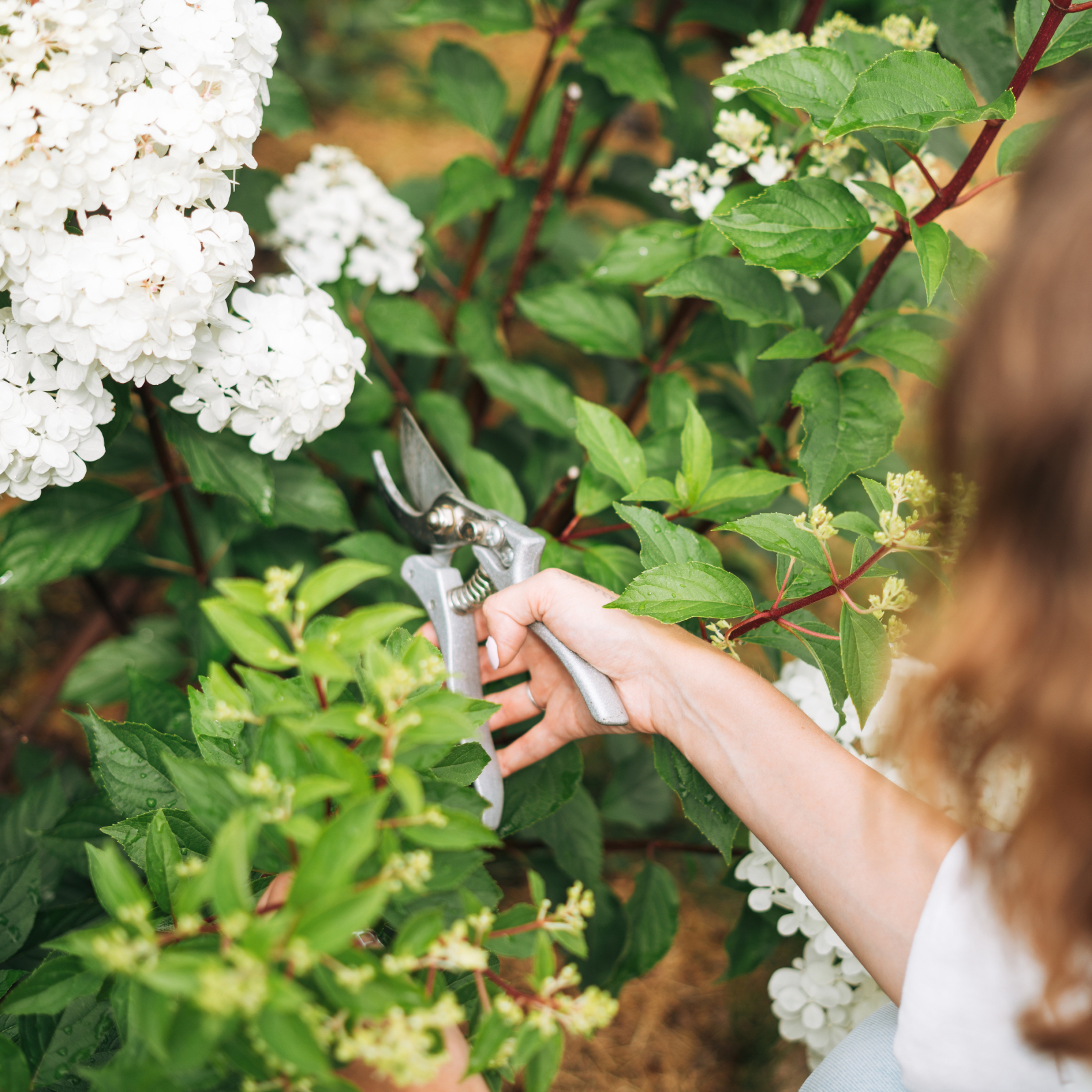 Pruning Limelight Hydrangea Bushes For Bigger Blooms & Stronger Plants
Pruning Limelight Hydrangea Bushes For Bigger Blooms & Stronger PlantsPruning 'Limelight' hydrangea will benefit the shrub. Flowers will be more bountiful the next year and branches will be stronger. Learn how and when to prune.
-
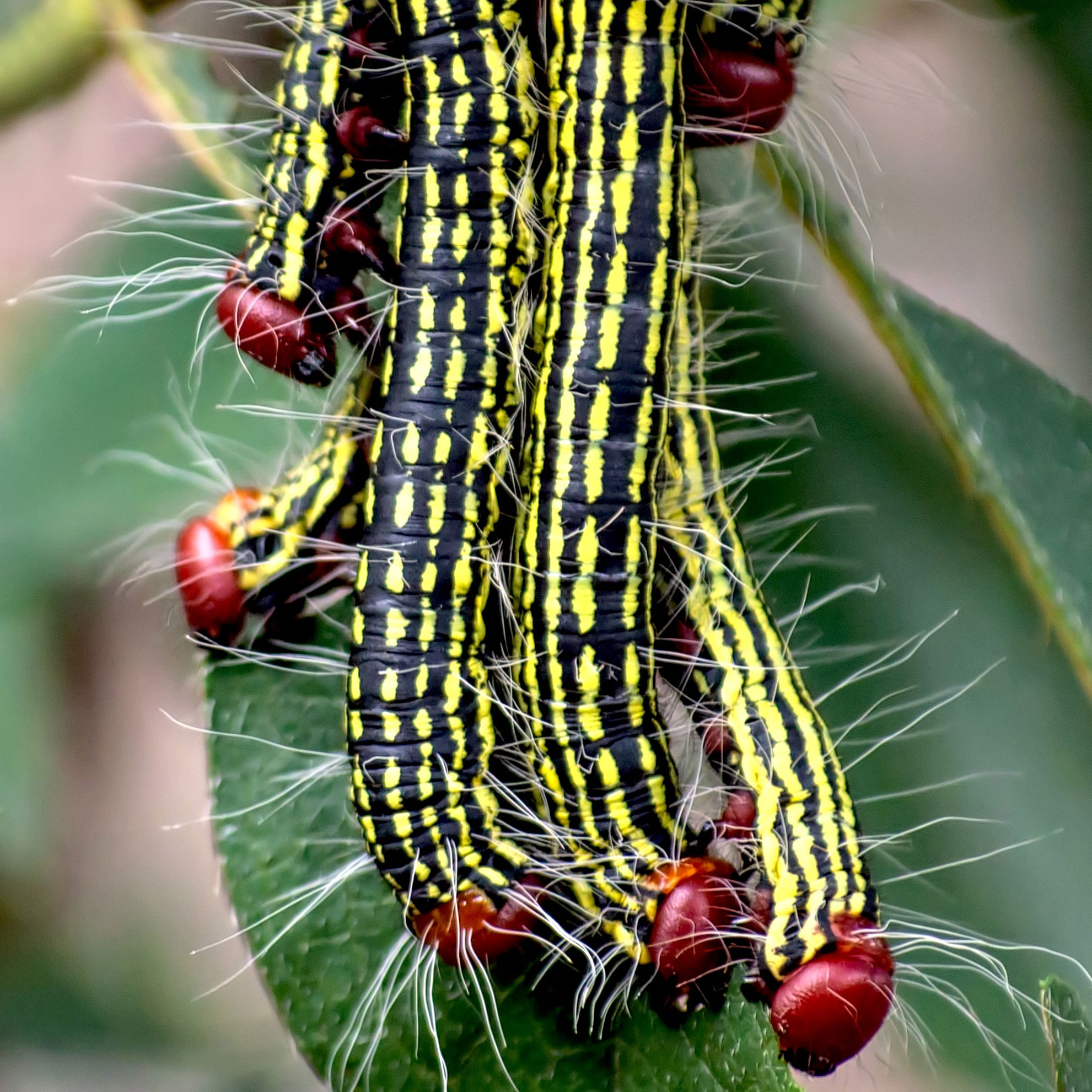 What’s Wrong With Your Azaleas? Identify, Tackle And Prevent 6 Common Azalea Pests
What’s Wrong With Your Azaleas? Identify, Tackle And Prevent 6 Common Azalea PestsIf you’ve spotted signs of azalea leaf damage, don’t panic – here’s how to identify the most common azalea pests so you can take action swiftly and keep plants healthy
-
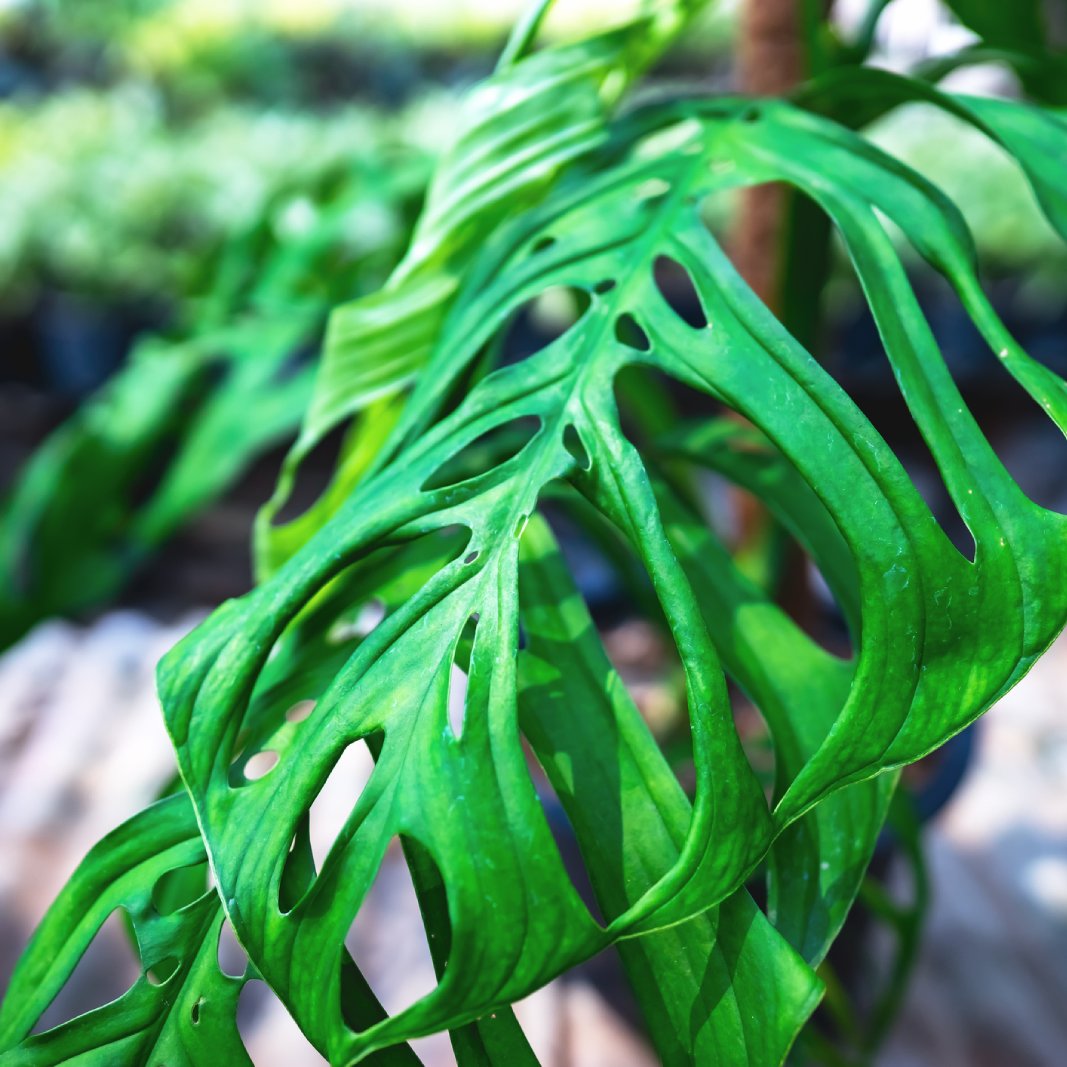 Monstera Esqueleto Care Guide
Monstera Esqueleto Care GuideMonstera esqueleto is a high-drama houseplant with natural holes in its leaves. It loves to climb and enhance your living space with its big evergreen presence.
-
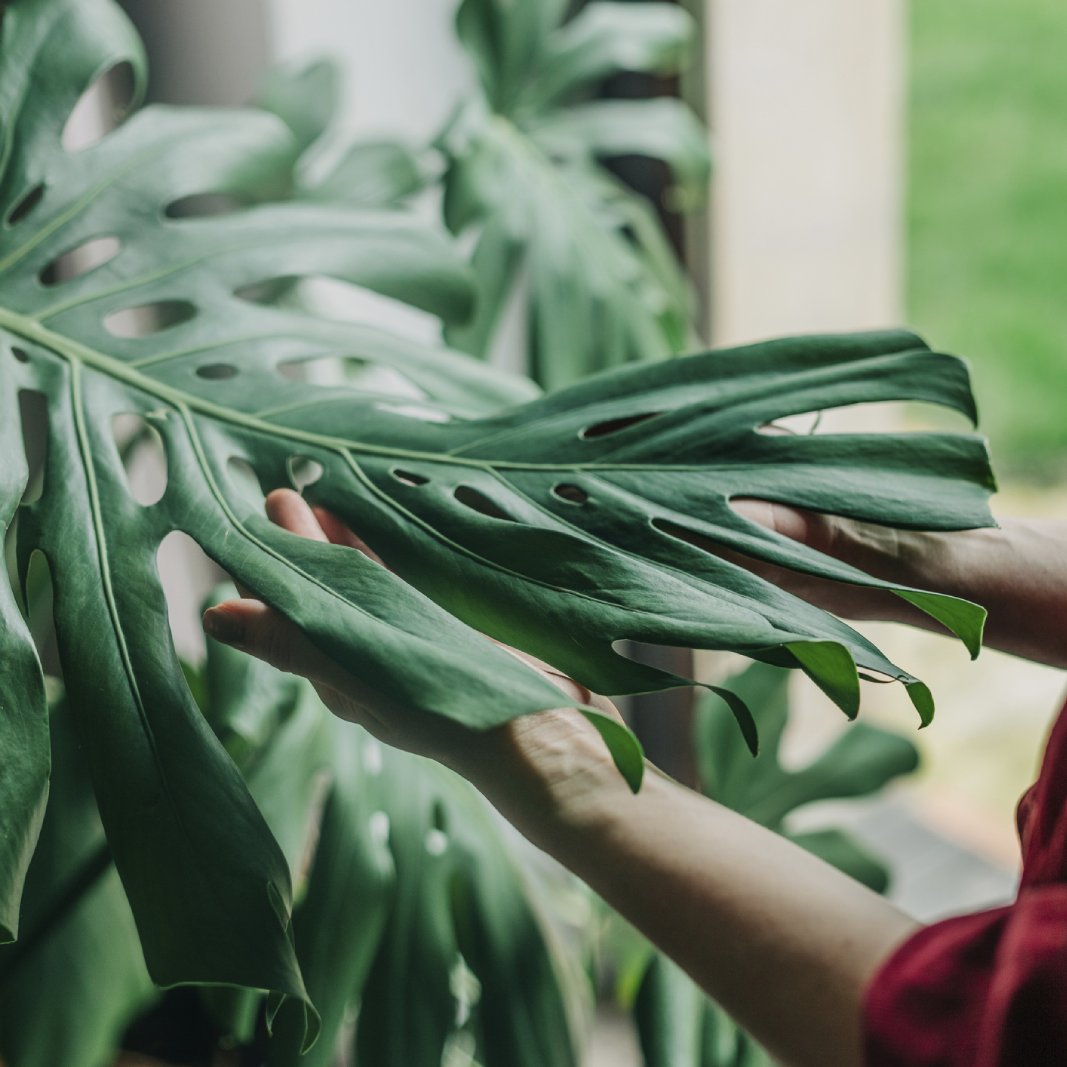 Why Is My Monstera Not Growing Split Leaves?
Why Is My Monstera Not Growing Split Leaves?If your Monstera leaves aren't splitting, there could be several ways to fix the problem. Here's how to get that lovely Swiss cheese look.
-
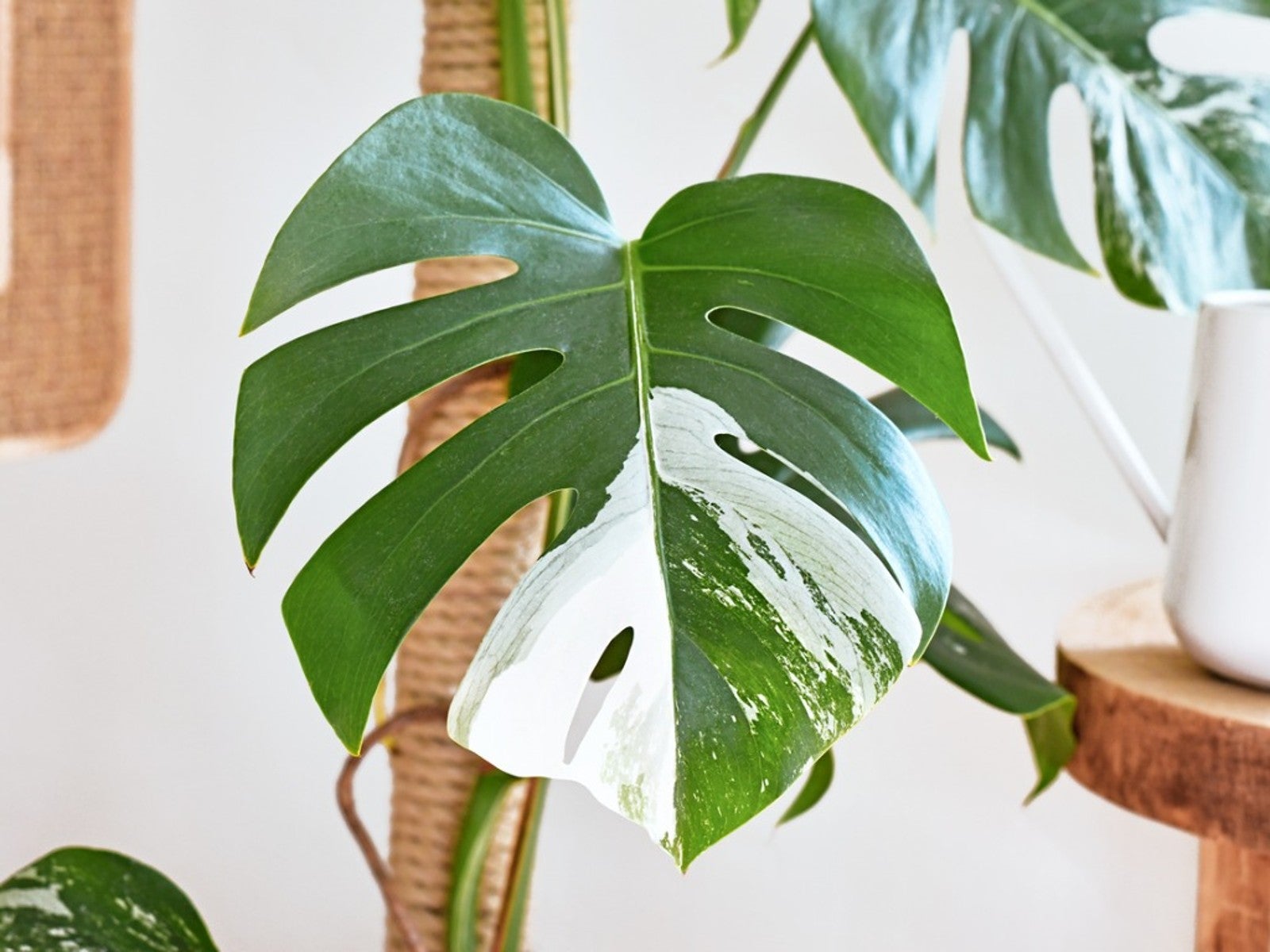 Variegated Monstera Plant Varieties To Grow Indoors
Variegated Monstera Plant Varieties To Grow IndoorsMonstera are tremendously popular houseplants. Especially the attractive variegated Monstera deliciosa. Click to find out more.
-
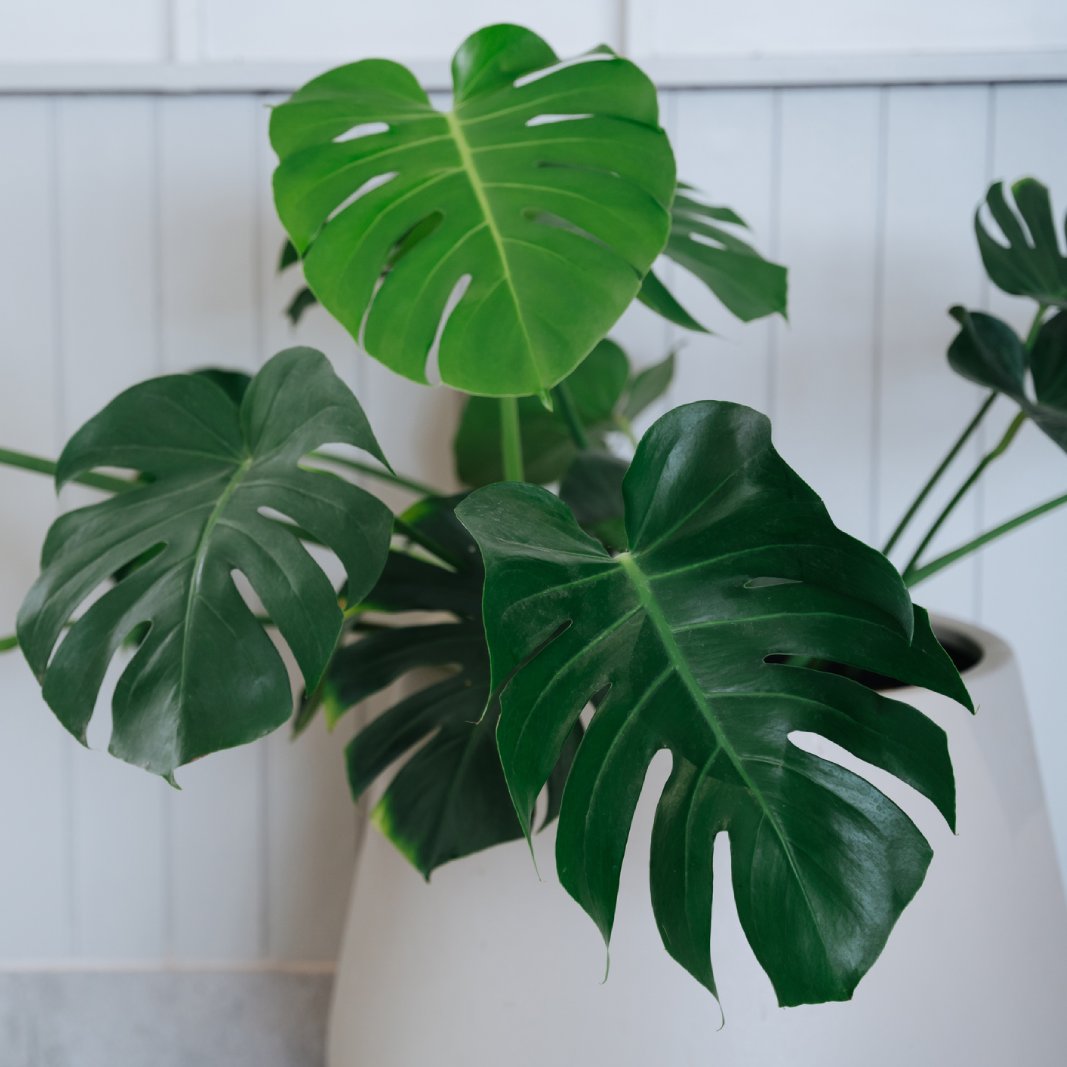 7 Types Of Monstera Every Plant Lover Should Have In Their Collection
7 Types Of Monstera Every Plant Lover Should Have In Their CollectionWith their deep leaf splits and wild variegation, monsteras are real show-stopping houseplants. Here are seven of our favorites.
-
 Learn What To Do With A Leggy Monstera
Learn What To Do With A Leggy MonsteraLeggy monstera can be rehabilitated with a little know how. Pruning leggy monstera isn't difficult. Click here to find out more.
-
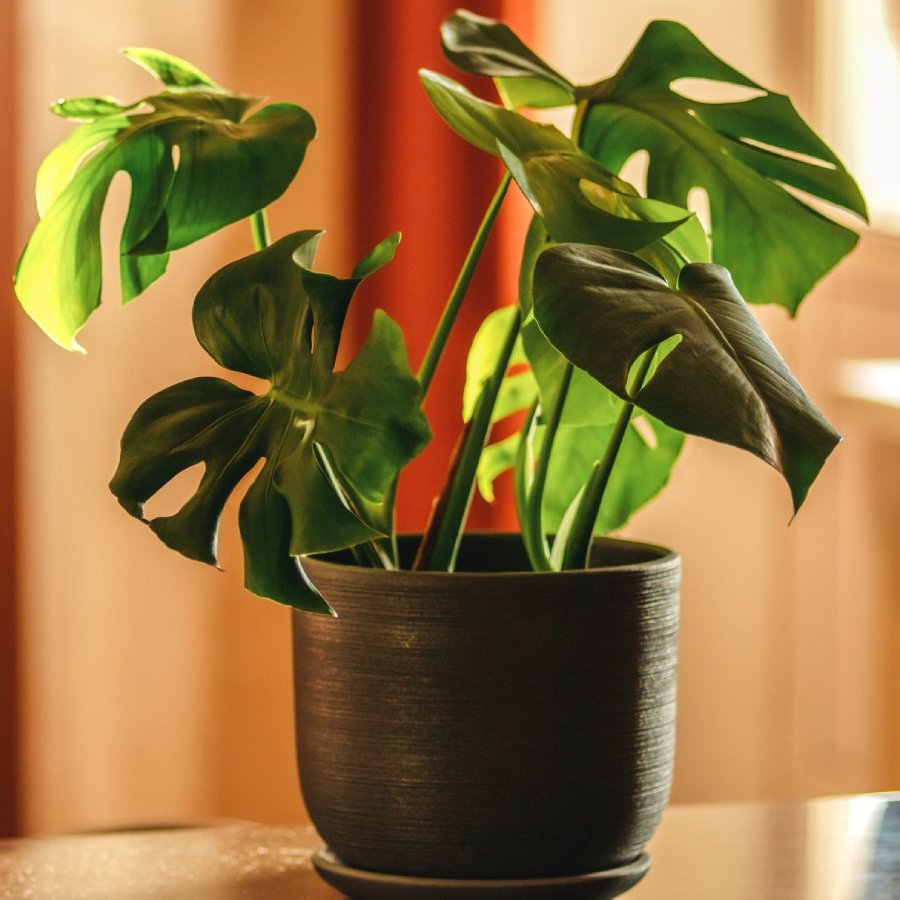 Monstera Deliciosa Flower - Growing Swiss Cheese Plant For Flowers And Fruit
Monstera Deliciosa Flower - Growing Swiss Cheese Plant For Flowers And Fruit -
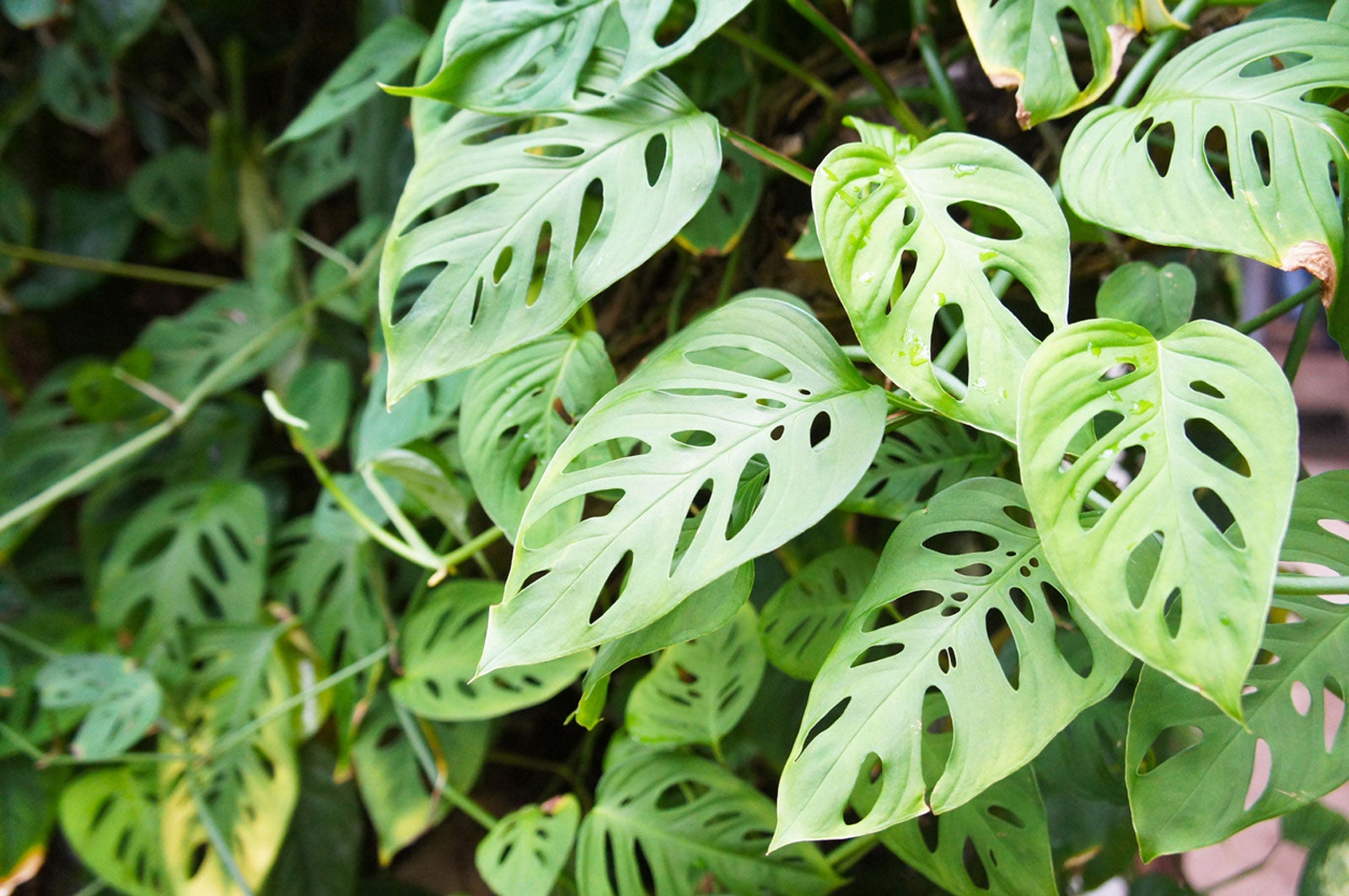 Adanson’s Monstera Plant Care: Tips For Growing A Swiss Cheese Vine
Adanson’s Monstera Plant Care: Tips For Growing A Swiss Cheese VineAdding interesting houseplants is just one of the many ways that growers can continue to nurture their love of growing in small spaces or throughout the winter months. Adanson’s monstera plant is unique and can instantly add visual interest to any room. Learn more here.
-
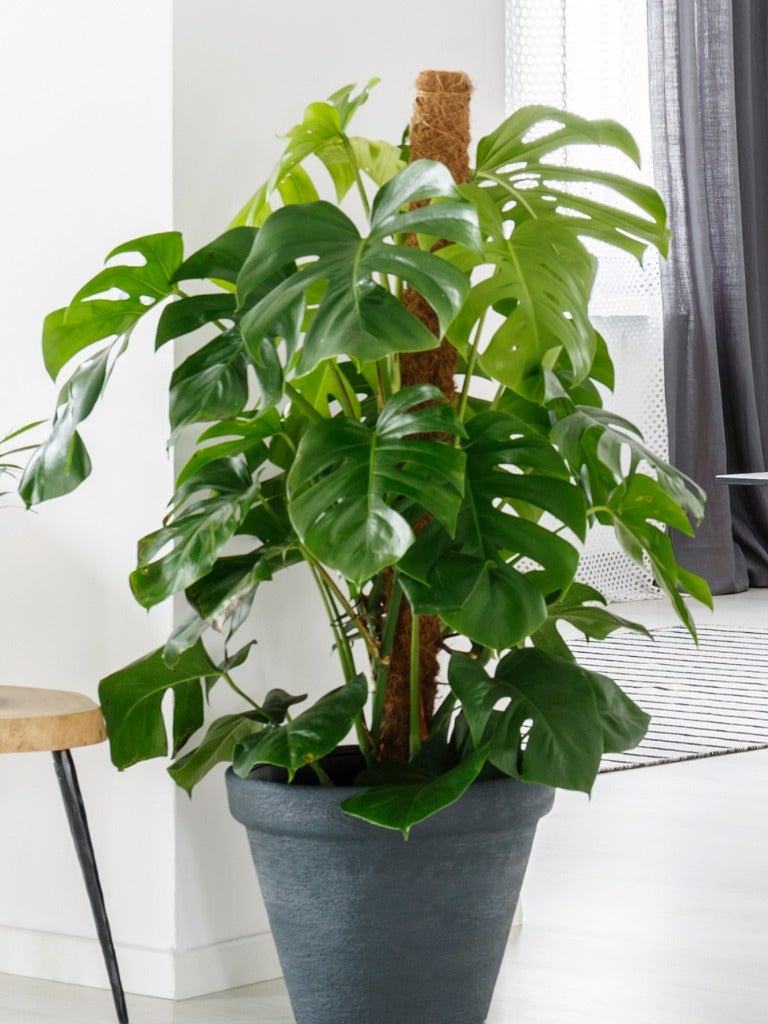 How To Use A Moss Pole On Your Monstera Plant
How To Use A Moss Pole On Your Monstera PlantA moss pole monstera is simply a Swiss cheese plant whose roots grow and attach to a moss-covered pole. Does this impressive plant need one of these? Yes! It’s an epiphyte that gets its nourishment from the surrounding air and water.